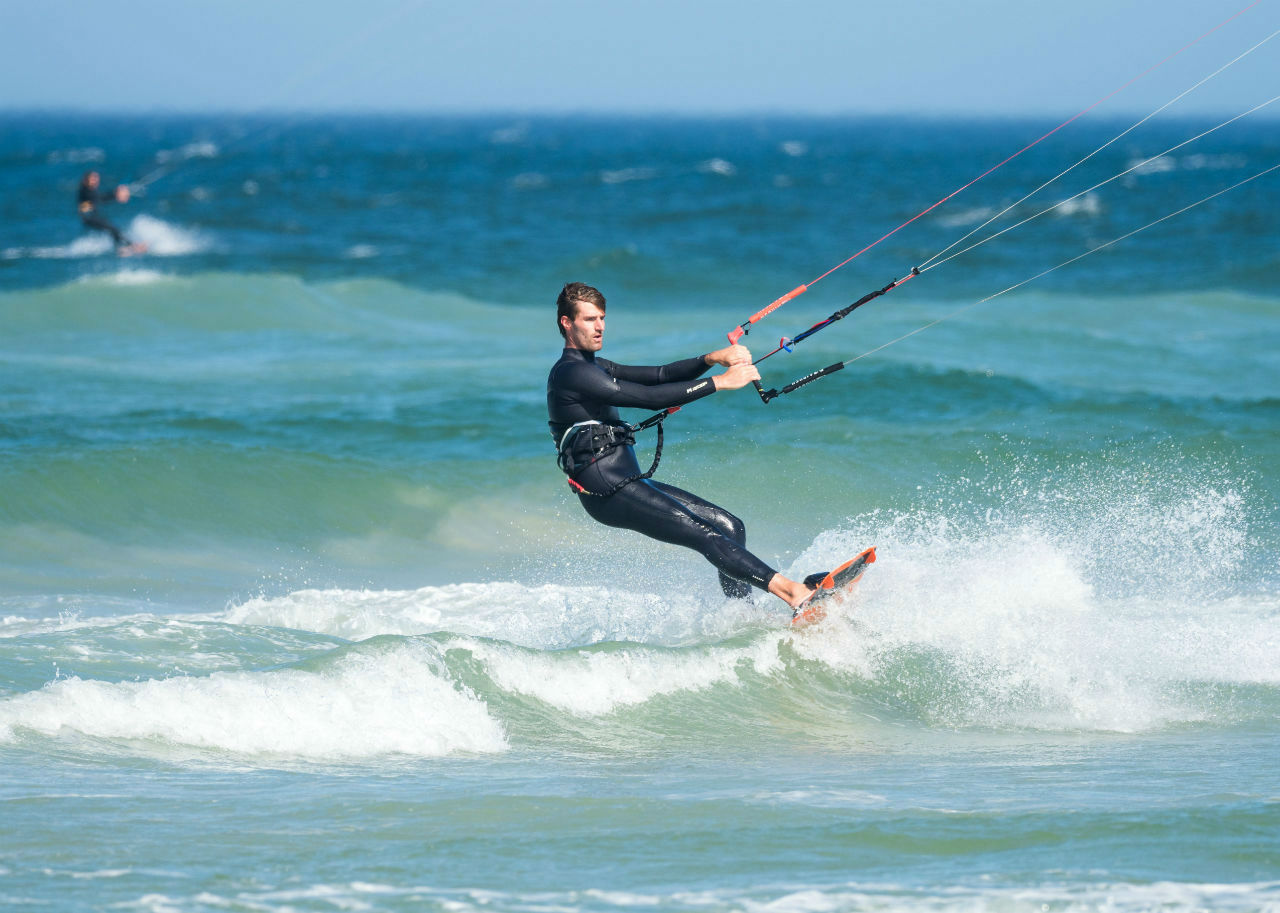Kitesurfing is a sport that is thrilling to watch, and even more exhilarating when you practise it. This article will clarify how to get into kitesurfing, what to expect, and how to excel.
What is kitesurfing?
A nautical sport practised using a kite and a board. It uses wind power to propel you across the surface of water. Although most kitesurfers navigate using the natural movement of waves, it is also possible to kitesurf on calm water (this is perfect for novices).
What are the prerequisites for practising this sport?
Beginners should be able to swim with sufficient ease in open water. It is not necessary to be particularly fit, but a basic level of physical fitness will help novices learn the basics with more ease and avoid injuries. There is no age limit, although younger children might consider holding off due to their low body weight (which will make it difficult to resist the pull of the kite). If you have any prior physical injuries, it is best to seek the advice of a doctor before attempting to kitesurf. With the right instructor, anyone will be able to learn the proper skills and techniques to enjoy this sport.
What equipment is needed?
A kite (or a kitesurf wing), a surfboard, and a harness, not forgetting control bars and all the necessary safety gear (flotation vest, helmet, wetsuit…). A good instructor will help you choose the right type of equipment, as there are different types of wings and boards. You will learn how to identify these different types of gear and how they function as you progress as a kitesurfer.
Where to start?
Look for a nautical centre that offers kitesurf lessons. Lessons range from hourly sessions to weekend getaways and even intensive camps or clinics (which are designed for total and complete immersion into the sport). You might also progress faster with a one-to-one private lesson. Always verify that your instructor has a valid qualification from an official organization (IKO, BKSA, VWDS…).
A good instructor will teach you the basics of how to control your kite, balance on your board, and understand how to navigate the wind and water conditions at whichever spot you choose. You will start by learning on land before gradually moving on to the water. You will also learn about safety procedures, emergency protocols, and rules on the water to avoid any risk to yourself and other riders.
It is impossible to predict how many hours you will need to master this sport as it depends on your background. Most people need between 10-12 hours of lessons, but your instructor must confirm that you have the required skills to be independent on the water (generally, an equivalent of level 3 for IKO). Apart from this, it is simply a matter of confidence, in yourself and your ability to handle any unpredictable conditions that might arise, all while keeping yourself safe.
The most challenging part for most people is the initiation i.e. getting through that first kitesurf lesson.Once this is done, you are all set to experience the joys of gliding across the open water.



